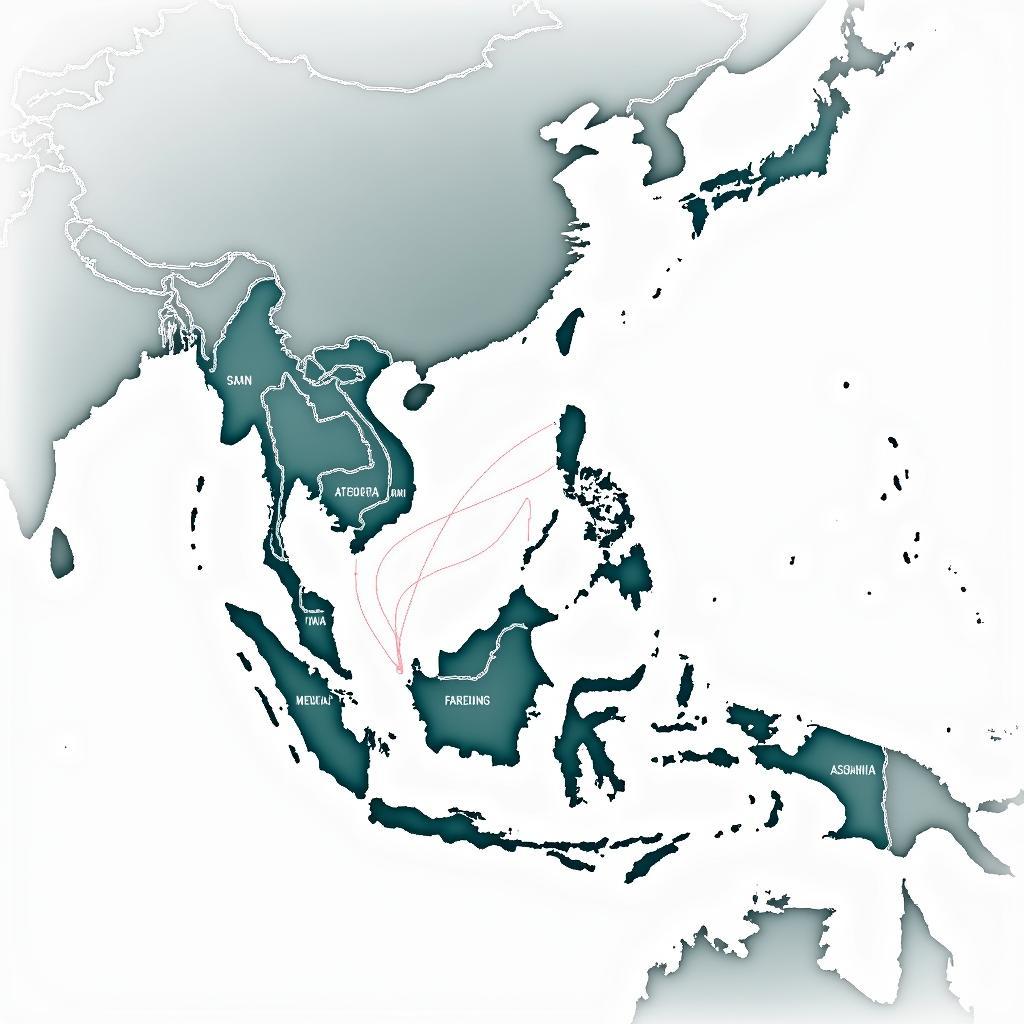Southeast Asia is a region brimming with economic potential, and collaboration is a key ingredient in unlocking that potential. One particularly powerful form of collaboration is the joint venture (JV), allowing businesses to leverage each other’s strengths and resources for greater success. The acronym ASEAN (Association of Southeast Asian Nations) itself stands as a testament to the value of regional collaboration, fostering economic growth and integration across ten diverse member states.
Why ASEAN Just Play JV?
The Southeast Asian landscape is ripe for JV collaborations due to several compelling reasons:
- Growing Economies: Southeast Asia’s economies are experiencing robust growth, making it an attractive region for investment and expansion.
- Diverse Talent Pool: The region boasts a diverse talent pool across various sectors, offering a competitive edge to JVs.
- Complementary Strengths: ASEAN countries often possess complementary strengths, making JVs an ideal way to leverage these strengths for mutual benefit.
- Government Support: Many ASEAN governments actively promote JVs, offering incentives and policies to facilitate collaboration.
Key Considerations for ASEAN JVs
While the benefits of ASEAN JVs are undeniable, careful consideration of these aspects is crucial for success:
1. Cultural Sensitivity
ASEAN countries possess distinct cultures and business practices. Understanding these differences is essential for building trust and achieving successful collaborations.
“Cultural sensitivity is paramount in any ASEAN JV. It’s not just about respecting traditions, but understanding how these traditions impact business communication, decision-making, and negotiation styles.” – Dr. Suraya Ahmad, a leading expert in cross-cultural business communication in Southeast Asia
2. Legal and Regulatory Frameworks
Navigating the legal and regulatory landscape of ASEAN countries can be complex. JVs should seek expert guidance to ensure compliance and minimize potential legal risks.
3. Partner Selection
Choosing the right partners is critical for success. Look for partners who share your vision, have complementary strengths, and possess a strong track record of collaboration.
4. Communication and Transparency
Open and transparent communication is vital for building strong relationships and managing expectations. Regularly communicate with partners, address concerns promptly, and foster an environment of trust.
5. Exit Strategy
It’s important to consider the exit strategy from the outset. This could involve a buy-out, a joint venture dissolution, or a phased withdrawal. Having a clear plan in place can help avoid misunderstandings and ensure a smooth transition.
Success Stories of ASEAN Just Play JV
Numerous success stories demonstrate the power of ASEAN Just Play JV collaborations.
Example 1: [shortcode-1]asean-joint-venture-success-story-1|ASEAN Joint Venture Success Story 1: Collaboration in the Tech Sector | This image showcases the success story of two tech companies in Southeast Asia, highlighting the impact of their joint venture on the region’s tech landscape. The image depicts a diverse team of employees collaborating on a new tech product, showcasing the benefits of cross-cultural collaboration in ASEAN JVs. |
Example 2: [shortcode-2]asean-joint-venture-success-story-2|ASEAN Joint Venture Success Story 2: Expanding Into New Markets | This image depicts a scenario where two companies from different ASEAN countries join forces to expand into a new market. The image could show a meeting between executives from both companies, showcasing the positive impact of ASEAN JVs on market expansion and economic growth. |
Navigating Challenges
Despite the potential of ASEAN JVs, certain challenges must be addressed:
- Language Barriers: Overcoming language barriers is essential for effective communication and collaboration.
- Bureaucratic Processes: JVs often face bureaucratic hurdles, requiring time and effort to navigate legal and regulatory requirements.
- Cultural Misunderstandings: Cultural differences can sometimes lead to misunderstandings and conflicts, highlighting the need for cultural sensitivity and effective communication.
- Trust and Commitment: Building trust and ensuring long-term commitment from partners are critical for the success of any JV.
FAQ
Q1: How can I find suitable partners for an ASEAN JV?
A1: Utilize resources like business networks, trade fairs, online platforms, and industry associations to connect with potential partners.
Q2: What are some legal considerations for ASEAN JVs?
A2: Seek expert legal advice to ensure compliance with local laws regarding JV formation, ownership structures, intellectual property rights, and dispute resolution mechanisms.
Q3: How can I mitigate cultural differences in an ASEAN JV?
A3: Invest in cultural training for your team, foster open communication, and seek guidance from local partners who can provide insights into cultural nuances.
Q4: What are some tips for successful communication in an ASEAN JV?
A4: Use clear and concise language, avoid jargon, consider cultural differences in communication styles, and utilize technology for efficient communication.
Q5: How can I ensure the long-term sustainability of my ASEAN JV?
A5: Foster a culture of trust and transparency, maintain open communication channels, regularly review progress, and adapt strategies based on market changes.
The Future of ASEAN Just Play JV
ASEAN Just Play JVs hold immense promise for the future of Southeast Asia. By overcoming challenges and embracing collaboration, the region can unlock its full economic potential and drive sustainable growth for all.


